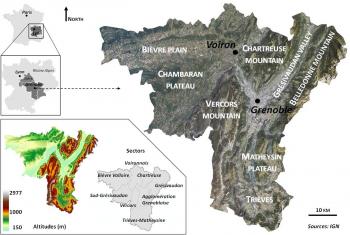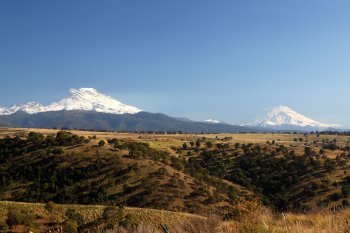Park 500 Natural Treatment System
The Park 500 Natural Treatment System (NTS) was constructed as a voluntary effort to provide a low-energy, low-maintenance alternative to reducing nitrogen and phosphorus in the process’s wastewater, which is high in nitrate-nitrogen, organic nitrogen and total phosphorus.
The project was initiated to reduce the environmental footprint of the tobacco production facility and help Philip Morris USA meet its environmental sustainability goals. The NTS reduces mass loading to the James River and creates a performance buffer for the existing plant discharge to ensure long-term...





















